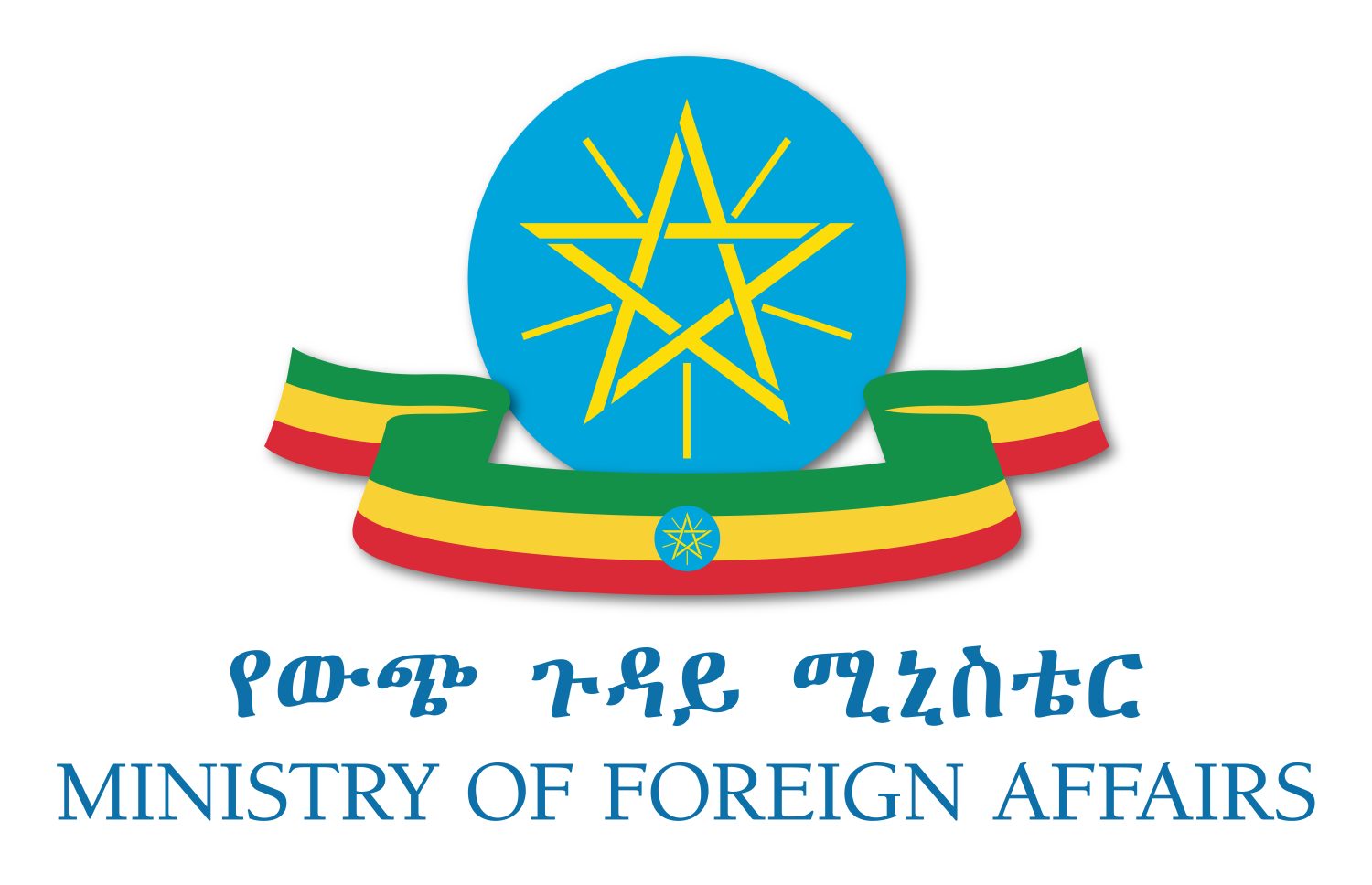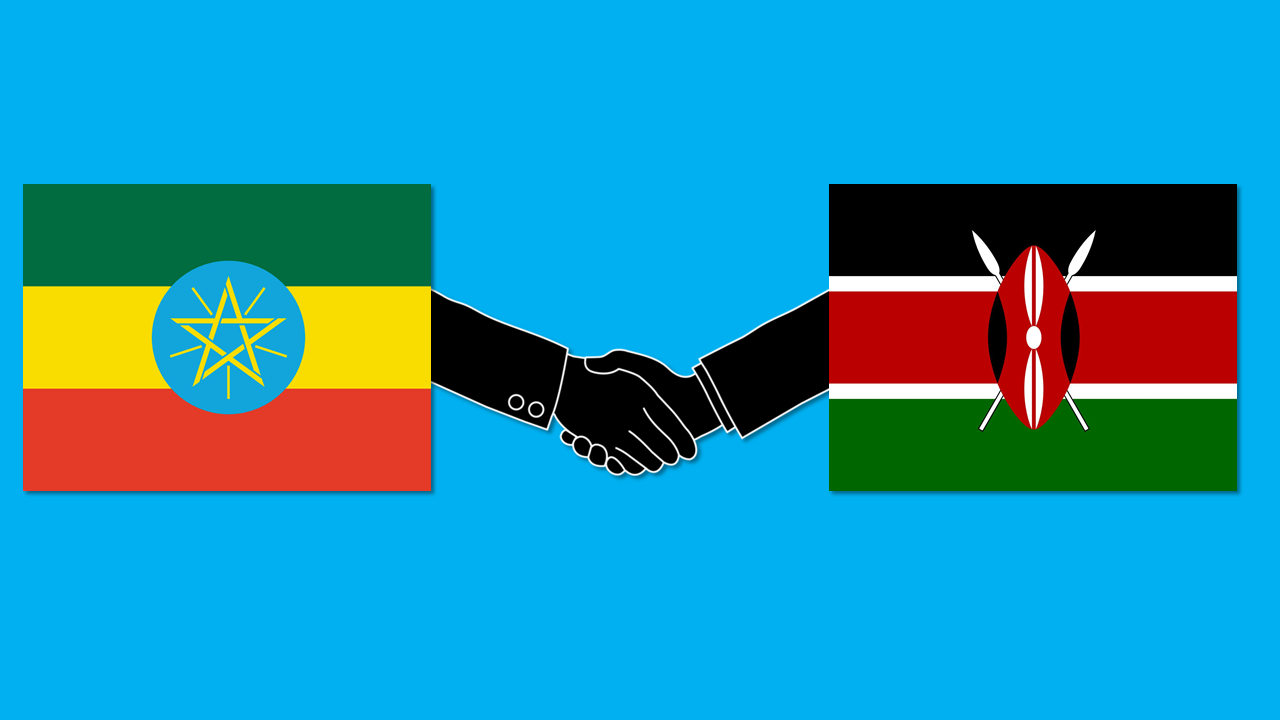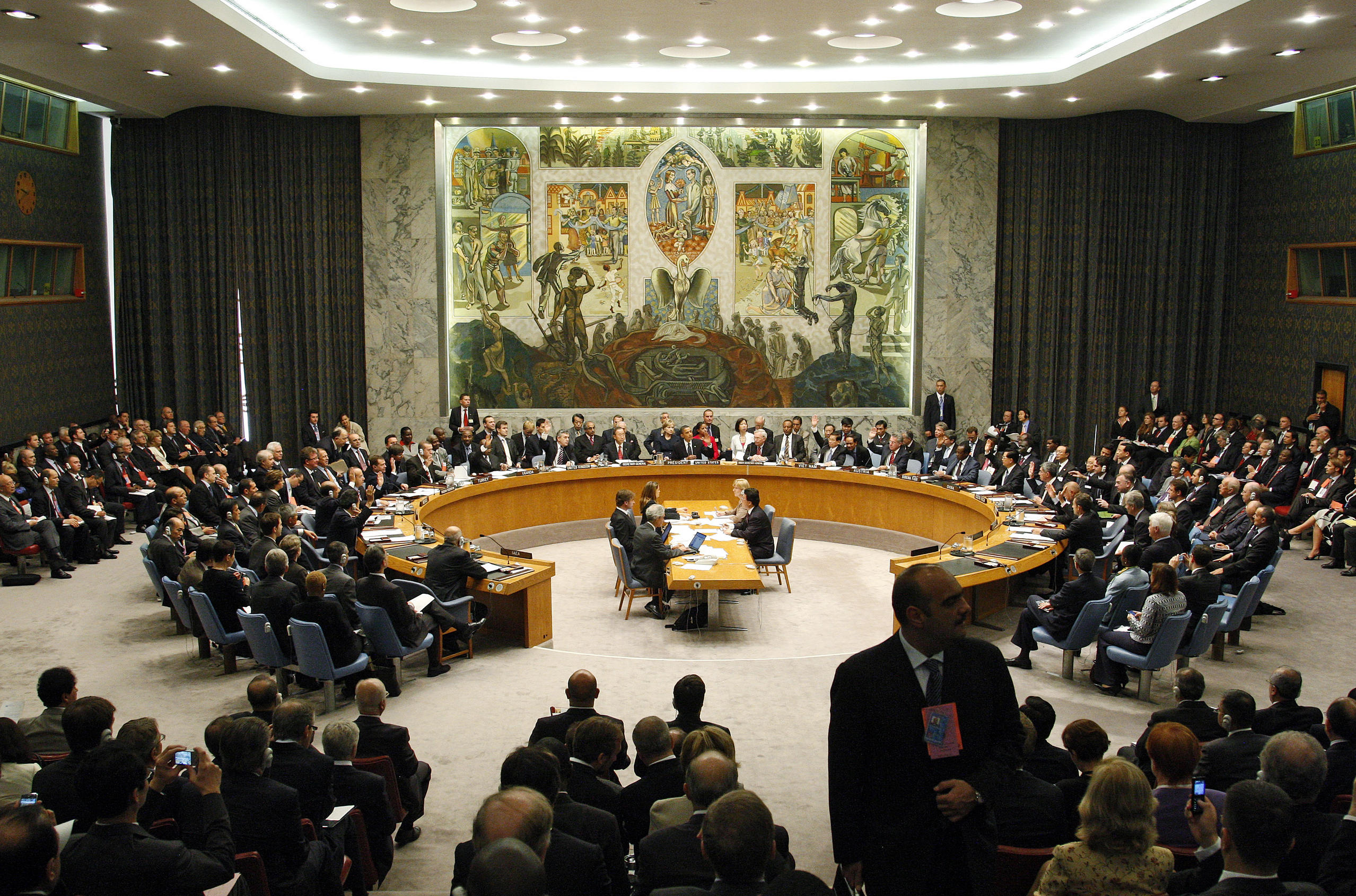The 31st Ethiopia-Kenya Joint Border Administrators and Commissioners’ Meeting took place in Mombasa on Wednesday (November 23) with more than 60 Ethiopian and Kenyan officials participating. Kenya’s Interior Cabinet Secretary Joseph Nkaissery led the Kenyan delegation and Ambassador Girma Temesgen, Director General for Neighboring Countries and IGAD Affairs in the Ministry of Foreign Affairs, headed the Ethiopian delegation. Ethiopia’s Ambassador to Kenya, Ambassador Dina Mufti was also present. The meeting reviewed the decisions of the 30th Joint Border Administrators and Commissioners’ meeting held in Hawassa in Ethiopia last year. It discussed implementation mechanisms and developed action plans to deal with specific issues.
Mr. Nkaissery told journalists that Kenya and Ethiopia faced problems to do with Al-Shabaab attacks, illegal immigration and water conflict at the border. It was important to discuss and see what could be best done to ensure maintenance of security. He said implementation of some of agreements signed between the two countries on security matters had been challenging. Mr. Nkaissery noted that “in order to serve the best interests of the two countries, we must constantly review the implementation of our agreements and make available resources to make them fully operational.” There were always changes taking place in the dynamics both in security and economics, so “we are looking in totality the whole agreement to see how it will suit the interest of the two countries.”
During the meeting, Mr. Nkaissery challenged delegates to come up with suitable ideas that would hasten the inspection of the boundary pillars. He noted that over the last two years, the two sides had successfully conducted a joint exercise which had yielded positive results. 43 kms of the approximately 861 kms of the boundary had been inspected and completed. However, this meant, he said, that it would take more than 40 years to complete maintenance of the boundary. Ambassador Girma Temesgen agreed it was important to produce more pro-active mechanisms to monitor implementation of decisions. He said “I am glad that the meeting has provided us an opportunity to deliberate on implementation challenges.” It was his belief they could build bridges to bring the two countries even closer together and allow them to deal with the challenges they faced in common. Ambassador Dina also emphasized that the two countries would continue working together in tackling issues affecting them at the border and ensure they could meet their economic commitments.
Ambassador Girma underlined Ethiopia’s “longstanding and exemplary relations” with the people and Government of Kenya and stressed that they had worked together in all bilateral and multilateral fora. He also stressed the unique element in the relationship with the communities living alongside the common border, interacting on a daily basis, trading with each other, sharing grazing and even common basic facilities such as schools and health centers. He stressed that the Administrators and Commissioners’ meetings provided an important platform for the communities on each side of the border to exchange ideas on and tackle common challenges. There were, he said, a considerable number of success stories: the significant reduction in ethnic clashes and cattle rustling, as well as smooth border trade. The different committees and institutions met regularly and worked together to address issues of common interest. One example was the Joint Border Technical Committee, which was involved in inspecting the common border and maintaining the boundary pillars on a regular basis. Following the decision of the previous Joint Border Administrators and Commissioners’, the committee had successfully maintained the boundary pillars in sectors 2 and 3 in April and May this year.
Ambassador Girma said he hoped the road connecting Addis Ababa to Nairobi and other planned infrastructure such as the proposed Standard Gauge Railway project would further bring communities together. These projects are the precursor of peace and development along the border and a bench mark for cooperation among countries in the region. Equally, he said, the Integrated Cross-border Program, launched at Moyale by President Kenyatta and Prime Minister Hailemariam, is expected to bring about a socio-economic transformation of the border region, as well as remove the fundamental causes of conflict, integrating the communities through common development schemes. These projects can be expected, on completion, to make the border region a vibrant regional development corridor.
At the same time, Ambassador Girma also acknowledged the significant challenges facing the border communities. These included illegal migration and human trafficking and contraband trade, as well as the smuggling of small arms and light weapons which had a broader regional impact. Criminals and terrorist groups still operated, affecting the relationship between the border communities by fueling ethnic clashes. The relationship between the different institutions and committees along the border needed to be further strengthened, he said. In this context, he noted that during the last meeting it had been suggested that community elders should play decisive role in leading their communities, in settling disputes, or coming up with ideas that would further cement existing relations. They could, he underlined, be used as “socio-economic change agents’ for all the border communities.



